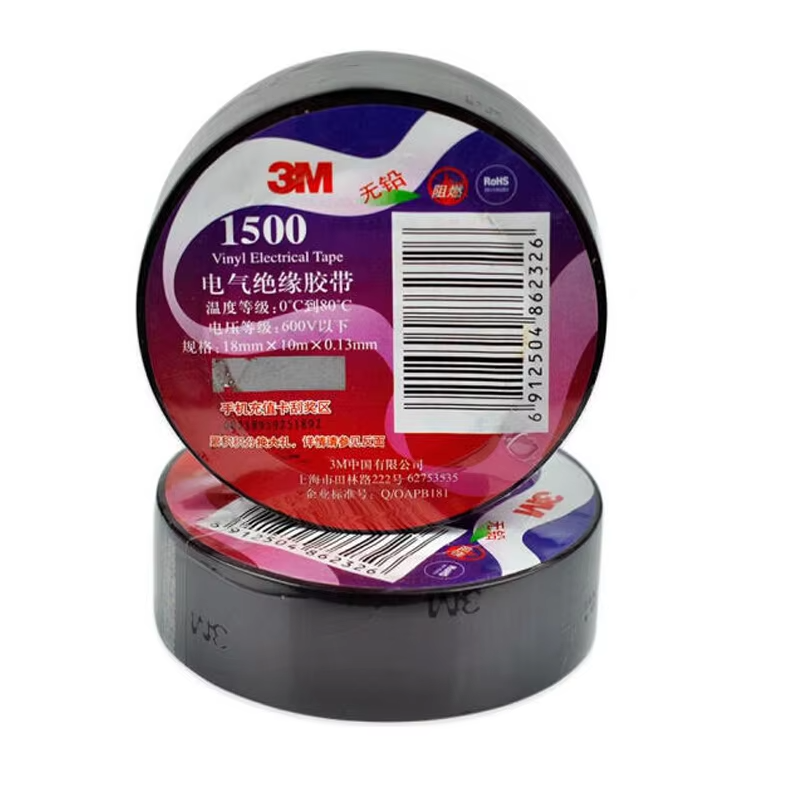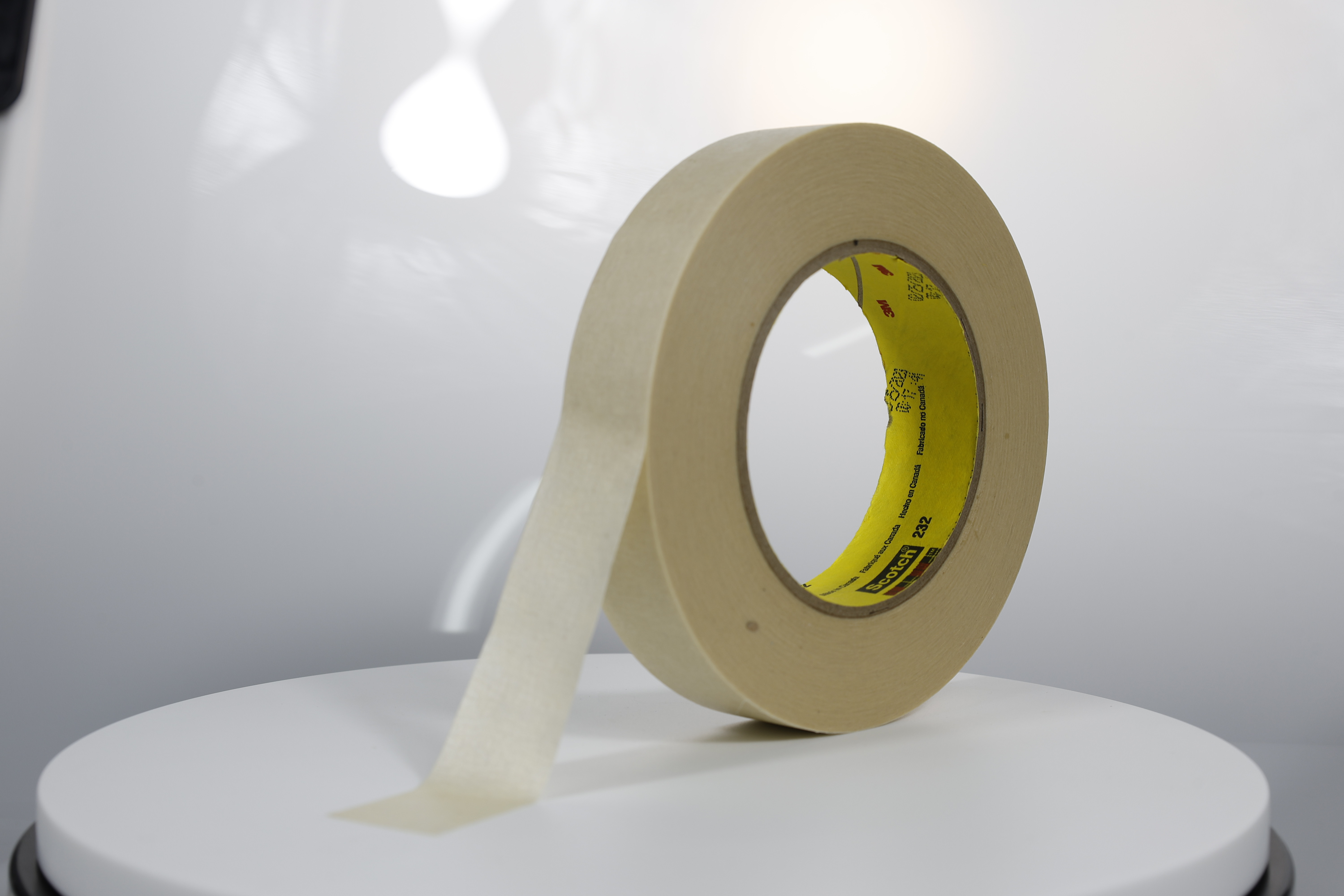Painting a room? Get masking tapes that are easy to remove so you won't damage the walls.
Understanding Masking Tapes and Wall Damage
The Problem with Traditional Masking Tapes
Traditional masking tapes are notorious for their inadequate adhesive strength on various wall types, often resulting in paint bleed and wall damage during removal. Many users have encountered the frustrating issue of residue being left behind, which necessitates additional cleaning and can potentially damage painted surfaces further. According to several studies, traditional masking tapes can easily strip paint and finishes off walls, particularly on freshly painted or delicate surfaces. This is exacerbated by the fact that traditional masking tapes are not designed for creating precise lines or for applications requiring a gentle touch, often leaving DIYers disheartened.
Why Adhesive Strength Matters for Walls
The adhesive strength of a tape is crucial in ensuring it securely adheres to a wall while still releasing cleanly to prevent damage. Selecting tapes with varied adhesive strengths tailored to specific wall surfaces like drywall, textured finishes, or freshly painted walls can prevent such damage. Research indicates that achieving the right balance in adhesive strength can significantly lower repair and maintenance costs for homeowners and painters. By understanding the nuances of different wall surfaces and adhesive properties, individuals can make informed choices that protect wall finishes and simplify painting projects.
Painter’s Tape vs. Masking Tape: Key Differences
Adhesive Formulas: Tack vs. Residue
Painter’s tape is designed with a unique adhesive formula that combines strong initial tack with clean removal capabilities, which is essential for minimizing wall damage. Unlike standard masking tapes, which can often leave behind a sticky residue that might necessitate extra cleaning and potentially damage the surface, painter’s tape assures reliability. Paint experts highlight the risks of using inappropriate tape, emphasizing that choosing the wrong type can lead to inefficiencies and unnecessary complications during repainting projects. Selecting painter's tape ensures the balance between strong adhesion and clean removal, promoting efficiency and reducing wall damage.
Anti-Bleed Technology for Crisp Lines
Painter's tape incorporates anti-bleed technology to guarantee crisp lines by preventing paint from seeping underneath the tape edge. This innovation is particularly beneficial for creating intricate designs and sharp edges, which are imperative for professional-quality finishes. Studies have revealed that the precision achieved through anti-bleed technology not only saves time but also enhances customer satisfaction in painting jobs. As a result, painter's tape is the preferred choice for those seeking flawless and detailed outcomes in their painting endeavors.
When to Use Frog Tape for Delicate Surfaces
Frog Tape is specifically engineered for delicate surfaces, offering a gentler adhesive to reduce the potential for damage. It is ideal for projects involving new paints or wallpapers, as it can adhere securely without compromising the quality of the underlying surface. Professionals recommend Frog Tape for delicate tasks where wall protection is paramount; ensuring a flawless outcome is essential. Its unique properties make it the go-to option when dealing with sensitive and recently painted surfaces, ensuring a smooth and damage-free finish.
How to Apply Masking Tapes Without Damaging Walls
Surface Preparation: Cleaning and Priming
Proper surface preparation, including cleaning and priming, is essential to ensure masking tape adheres well and can be removed without damaging walls. Dust, grease, and moisture can interfere with tape performance, leading to issues such as paint bleed. To mitigate these issues, experts recommend using a mild cleaner to remove contaminants and ensuring surfaces are completely dry before tape application. By maintaining a clean and dry surface, you enhance the tape's adhesion and reduce the risk of residues or damage upon removal, thus achieving a clean, professional finish.
Proper Tape Removal Timing (30-60 Minute Rule)
Adhering to the 30-60 minute rule for tape removal is crucial to prevent paint from peeling and causing wall damage. This timing allows the paint to set sufficiently while still being pliable enough for clean tape withdrawal without causing damage. Research indicates that optimal removal timing leads to smoother edges, enhancing the professional quality of the finish. Therefore, monitoring the drying process and removing tape within this timeframe can significantly improve the overall results of any painting or decorating project.
Avoiding Overstretching and Residue Buildup
Avoiding overstretching when applying masking tape is vital to prevent improper adhesion and potential wall damage upon removal. Overstretching can compromise the adhesive strength of the tape, leading to uneven surfaces or difficult removal. Educating users about proper application techniques can significantly reduce residue buildup that detracts from wall quality. Additionally, professional painters recommend following manufacturer guidelines meticulously to preserve wall integrity and ensure productive outcomes for any application involving masking tape.
Alternative Solutions: Double-Sided and Specialty Tapes
Using Double-Sided Tape for Lightweight Décor
Double-sided tape is a versatile solution for hanging lightweight décor. It is especially useful for those who wish to personalize their space without any wall damage or residue upon removal. This option is ideal for temporary decorative projects or when a clean, uncluttered look is desired, as it eliminates the need for visible fasteners. Experts recommend using double-sided tape alongside traditional methods, such as nails or hooks, for a more flexible and stable decorative solution. This approach not only preserves the integrity of your walls but also allows for greater creativity and freedom in design.
PVC and Rubber Tapes for Textured Surfaces
For adhering items to textured wall surfaces, PVC and rubber tapes provide significant benefits. These specialty tapes are designed to conform to the irregularities of textured surfaces much better than standard masking tapes. They offer both durability and clean removal, making them suitable for challenging applications. Industry articles highlight the importance of choosing the right type of tape based on the specific texture of the wall to prevent damage. Consulting a professional for advice on selecting the appropriate tape can ensure you achieve optimal results without compromising on wall quality.
Long-Term Wall Care After Tape Removal
Repairing Minor Paint Damage
When removing tape from walls, assessing and repairing any minor paint damage is essential to maintaining the aesthetics of your walls and avoiding the need for extensive repainting. A simple yet effective technique involves using a small brush to match the paint color perfectly and touch up damaged areas. This immediate attention to flaws can prevent further wall surface degradation, as experts stress the importance of timely repairs to uphold the integrity and appearance of painted walls.
Preventing Future Adhesive Residue
To prevent future adhesive residue build-up, employing the right tape type and proper removal techniques is crucial for upcoming painting projects. Regular maintenance, including thorough wall and tape assessments, plays a vital role in ensuring the long-term health and quality of wall surfaces. Professional painters often highlight that adhering to manufacturer guidelines dramatically minimizes the risk of residue, facilitating a cleaner and more efficient painting process.
Recommended Products
 Hot News
Hot News
-
TAPE Team Conquers Shenzhen’s Phoenix Mountain: Unity, Ambition, And New Heights In 2025
2025-02-21
-
The Role of Polyimide Electrical Tape in Electronics Insulation
2025-01-21
-
High Strength Double-sided Tape for Secure Bonding
2025-01-15
-
Durable Foam Tape for High-Performance Applications
2025-01-10
-
High Temperature Resistant Masking Protective Tape for Extreme Conditions
2025-01-01
-
Adhesive Tapes Market size is set to grow by USD 23.89 billion from 2024-2028, Increasing demand from end-user industries boost the market!
2024-08-22






